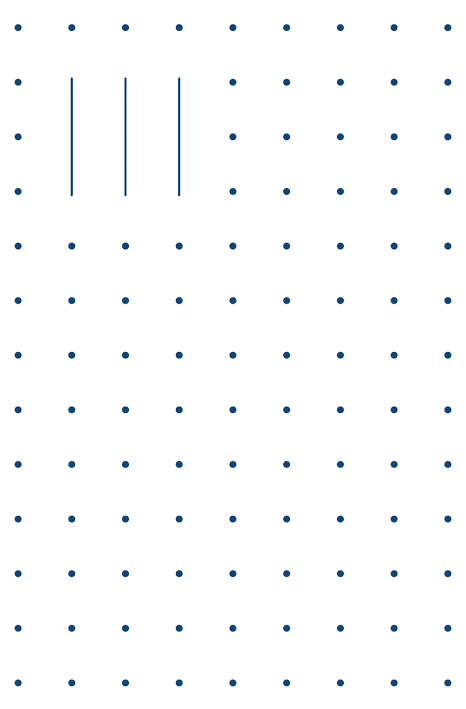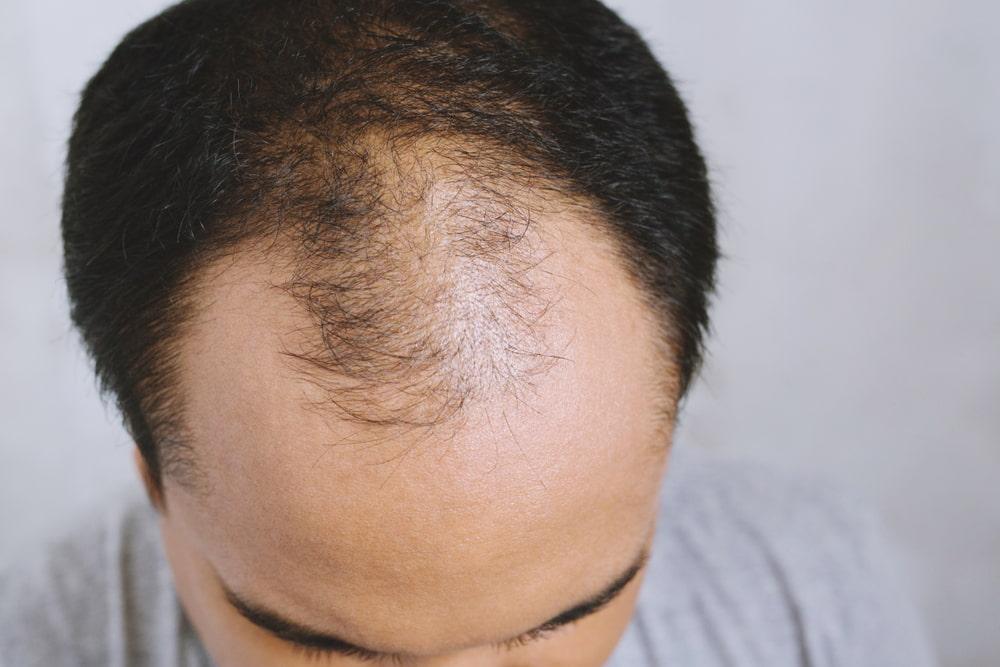
What is Hereditary Hair Loss?
Learn what hereditary hair loss is and explore several ways to temporarily treat it and three ways to cure it permanently at Bangkok Hair Clinic.

Learn what hereditary hair loss is and explore several ways to temporarily treat it and three ways to cure it permanently at Bangkok Hair Clinic.

Androgenetic alopecia or pattern baldness affects 16% of men aged 18-29 and 53% of men aged 40-49. Pattern baldness also affects approximately 40% of women by age 50.
Genetics plays a role in your hair loss, specifically a hormone called dihydrotestosterone (DHT). DHT affects the four hair growth cycles that govern hair growth and loss. If members on either side of your family are known to have pattern baldness, you also may experience hereditary hair loss at some point in your life.
There are several ways to treat hereditary hair loss that have proven to be temporarily effective. These treatments can revitalize your scalp and hair follicles and cause hair to grow for years after signs of pattern baldness are first noticed. The treatments include:
PRP injections create a growth factor from a blood sample and inject it back into your scalp. The injections help stimulate and revitalize the hair root cells in the scalp. The growth factors include EGF, KGF, PDGF, and VEGF which occur naturally in your plasma. The modern PRP process concentrates the growth factors to between 12 and 17 times higher than is naturally produced.
Cell Plus is a manufacturing process for hair cells. It uses the Rigenera Hair Micrograft machine to transplant your own hair root cells to areas of the scalp affected by hereditary hair loss. The hair root cells that are transplanted will protect the roots from the thinning influence of male hormones, thereby reducing subsequent hair loss.
LLLT uses a process called photo-bio-stimulation or light-activated therapy to treat hereditary hair loss by exposing the hair roots to low-level laser light. This stimulates the roots to produce more adenosine triphosphate (ATP). ATP is the energy source for use and storage at the cellular level. The laser light also increases blood circulation in the scalp. Together, these processes result in more hair growth and stronger and thicker hair in affected areas of the scalp.
While these treatments can effectively treat pattern baldness, we must stress that they aren’t a permanent solution. Only a hair transplant can permanently treat hereditary hair loss.

Bangkok Hair Clinic offers three effective types of permanent hair transplant surgery. After an initial examination and consultation about your needs and lifestyle, we can recommend the right type of hair transplant for you. Our transplant options include:
This transplant technique is practiced worldwide and has the highest growth rate of all hair transplant techniques. It’s suitable for all types of hair and presents few limitations or side effects. The technique takes grafts of your hair from dense hair growth on the back of your scalp. The extracted grafts are sorted and transplanted into thinning target areas of your scalp in the order they were extracted to minimize time spent outside the body and ensure the highest success rates. To ensure the best results, the donor areas on the back of the scalp are shaved to expose the targeted grafts fully.
FUE non-shaven hair transplants are an alternative to shaven hair transplants. Instead of shaving the donor area of the back of the scalp, the hair is cut and trimmed with scissors and a specially modified shaver to preserve as much of the normal appearance as possible. This allows the patient to go about their normal routine the day after the surgery. However, the procedure takes longer to complete and requires a higher level of expertise to preserve the grafts after extraction.
Direct Hair Implantation (DHI) (or the FUE with implanter technique) is considered the latest and most effective innovation. It still follows the technique of both FUE hair transplants, which involves extracting grafts from the donor area at the back of the scalp and implanting them into thinning areas of the scalp. However, it uses a specially designed device called a Lion Implanter to implant the grafts instead of using medical forceps. This device provides the surgeon with greater precision and helps to preserve the fragile hair roots, thereby increasing the survival rates of the grafts.
With several treatment options for both hair restoration and hair transplant surgery, there’s no longer a need to worry about hereditary hair loss. Make an appointment at Bangkok Hair Clinic to explore your options.
Sources: